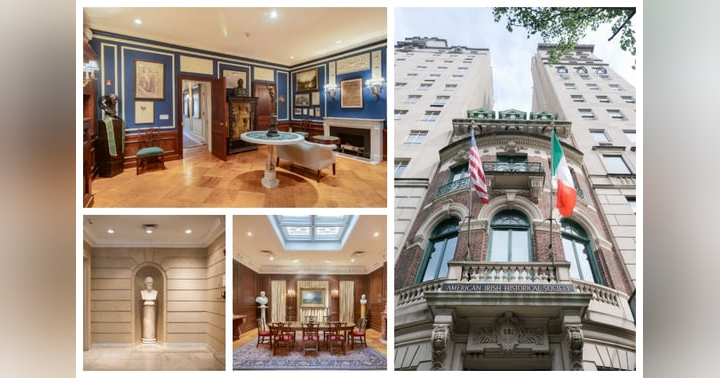OTD: Jerome Connor - Sculptor (1874-1943)

Sculptor Jerome Connor (1874 - 1943) was born in Coumduff near Anascaul in Kerry on February 23, 1874. At age 14, he emigrated with his family to Holyoke in Massachusetts. Jerome’s father, Patrick, appears to have worked as a stonecutter, and like his father, he opted for the same profession.
Have you listened to our podcast? Get the latest on our Episode Page.
By the end of the 19th century, Connor appears to have made the leap from a tradesman to a fine artist. He spent time working in New York’s Roycroft Arts and Crafts Community before moving on to an engagement with Gustav Stickley’s company.
Connor moved to Washington, D.C., around 1910 and established a well-patronized practice, executing several highly praised commissions.
Upper Left: Robert Emmet (Smithsonian - Washington DC),
Upper Right: Archbishop John Carroll, founder of Georgetown University (Washington DC),
Bottom: Nuns of the Battlefield (Washington DC)
In 1925, he returned to Ireland to work on a Lusitania memorial and likely anticipated a demand for his services from the newly nascent state. Sadly, the Great Depression would intervene, and a dispute over a commission in his native Kerry resulted in bankruptcy. In 1937, he was evicted from his Dublin studio. More hardship followed, brought on by economic deprivation, resulting in his being hospitalized for malnutrition, which would lead to his death from heart failure on August 21, 1943.
The Lusitania Memorial, Cobh, Cork. Completed Posthumously


















